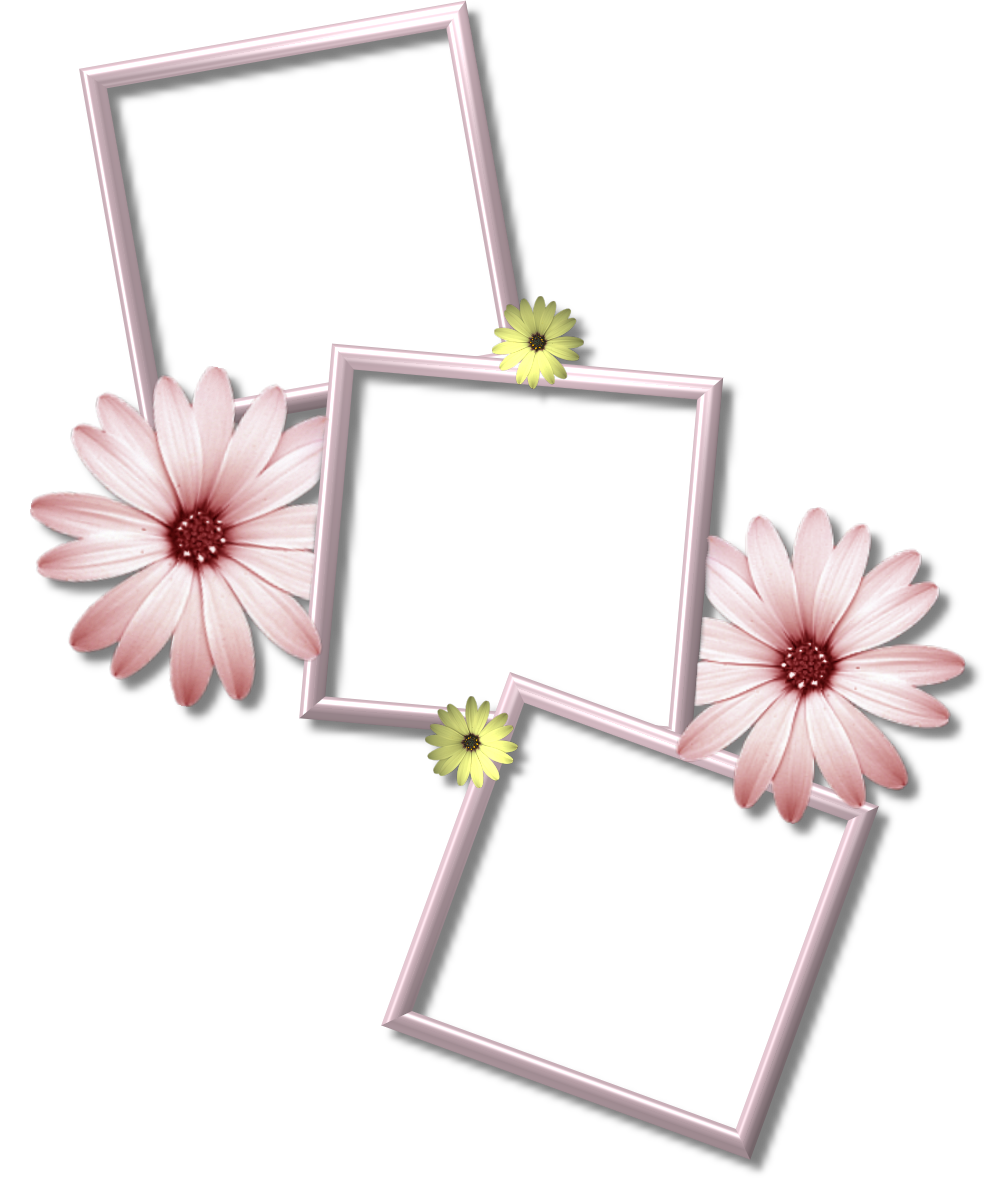

Canvas frame png code#
I will share my thoughts on these alternatives at the end of the article.įor simplicity’s sake, in this tutorial you’ll be using the jQuery library and have Autoprefixer up and running, therefore the code will be free of browser-specific CSS prefixes.ġ - Frame by Frame Animation by Changing the Image’s Source However, if for whatever reason you don’t want to use SVG graphics, you can create web animations with PNG, JPEG, and GIF image formats or use HTML5 Canvas. This is the set of images you’ll be using to build the animation frames:įor this tutorial, I’ve chosen to use SVG images because they are great at scaling with different screen sizes for responsive web design. I will demonstrate the whole workflow as you’ll be working on this great blinking eye animation from Zeiss website. Each image in the set occupies an animation frame, and the rate of change with which each frame replaces the next produces the illusion of motion in the image. In other words, the subject of the animation is represented in a set of images. It is best suited to complex animation in which an image changes in every frame instead of simply moving across the Stage. … changes the contents of the Stage in every frame. Then you could go to the "Stroke Style" tab and set the line Width to 10.000 px.According to this definition by Adobe, a frame by frame animation: For example, you can could set the "Stroke Paint" settings to (R: 0, G: 0, B: 255, A: 255). The "ugly black line" only appears in the Scribus editor, but it goes away once you print the file. In Step 7, you can actually leave the "Stroke Paint" Alpha level at 255. I'm sure you can come up with much better frames than this one, so get started! Then scale the image to the size you want. High quality premium images, PSD mockups and templates all safe for commercial use. The imported MyFrame.svg object should now be usable as an image frame. Blank Canvas PNG Free PNGs, stickers, photos, aesthetic backgrounds and wallpapers, vector illustrations and art. After that, use the Item->Convert To->Image Frame menu item. If the Item->Combine Polygons menu item is available, use it. Use the red control handles or the Properties toolbar to scale it to the size you want. Open your Scribus document and use the File->Import->Import SVG. (See the correction at the bottom of the page.) After that, save the document as MyFrame.svg or something like that. If you don't do this, you'll end up with an ugly line around the frame in Scribus. Then, under the "Stroke Paint" tab, select the "Flat Color" box and set the color in the RGB section to Black with 0 Alpha (R: 0, G: 0, B: 0, A: 0). On the "Fill" tab, make sure the "Flat Color" box is selected, and set the "Flat Color" in in the RGB area below to Black (R: 0, G: 0, B: 0, A: 255). So select it, and select the Object->Fill and Stroke. Step 6 (Inkscape) Now you should just have the vector object on screen. Now click the other object (your imported image) and delete it by pressing the Delete key Click on the "Select and transform objects" tool again (the black arrow). The object you just dragged should now have lots of little grey squares on it, proving that it is the vector object. Just to be sure you got the right object, click on the "Edit path nodes or control handles" tool (a black arrow with three blue squares on a blue arc). A vector version of your frame image should now be in the main Inkscape window, although it might be hard to see it at this point.Ĭlick the vector object and drag it to the side. In the Trace Bitmap window, select the Brightness radio button in the Image Brightness section at the top, then press the OK button at the bottom.

With the image selected, use the Path->Trace bitmap. Open Inkscape, create a new document, and either drag and drop your MyFrame.png file onto the Inkscape canvas, or use the File->Import. Then save your file as MyFrame.png or something like that. Select black (#000000) as your foreground color and paint your frame onto the canvas. Open Gimp and create a new document in Gimp with a transparent background. This tip shows you how you can create custom image frames fairly easily using GIMP and Inkscape. This article is part of the Tips & Tricks series.


 0 kommentar(er)
0 kommentar(er)
